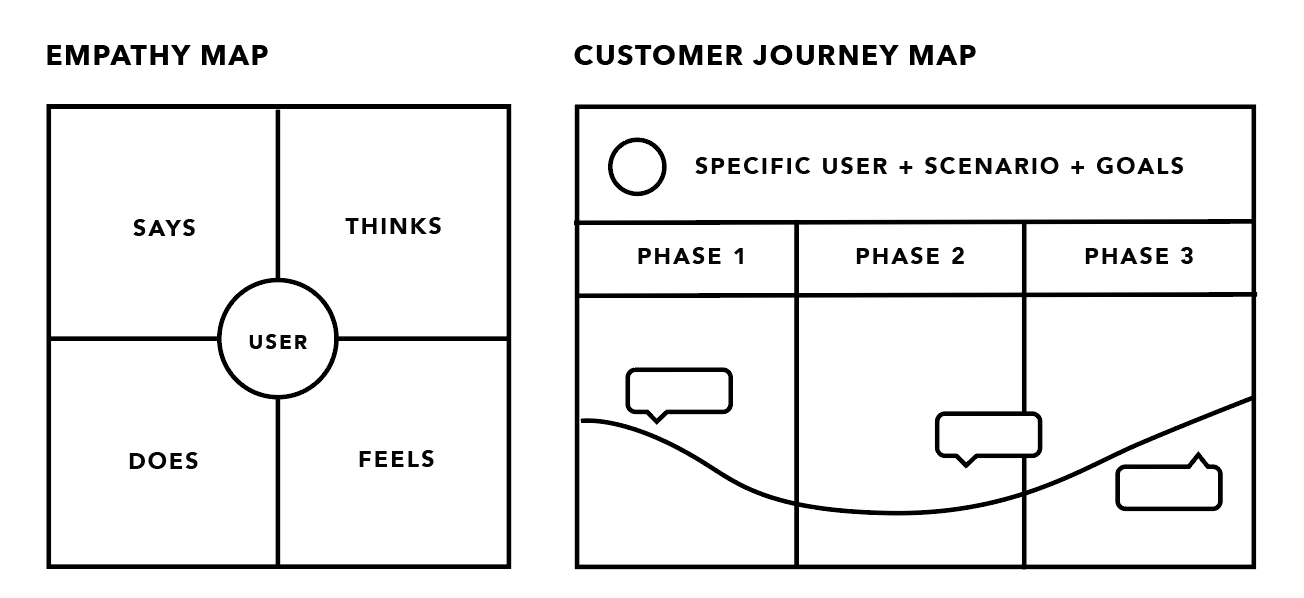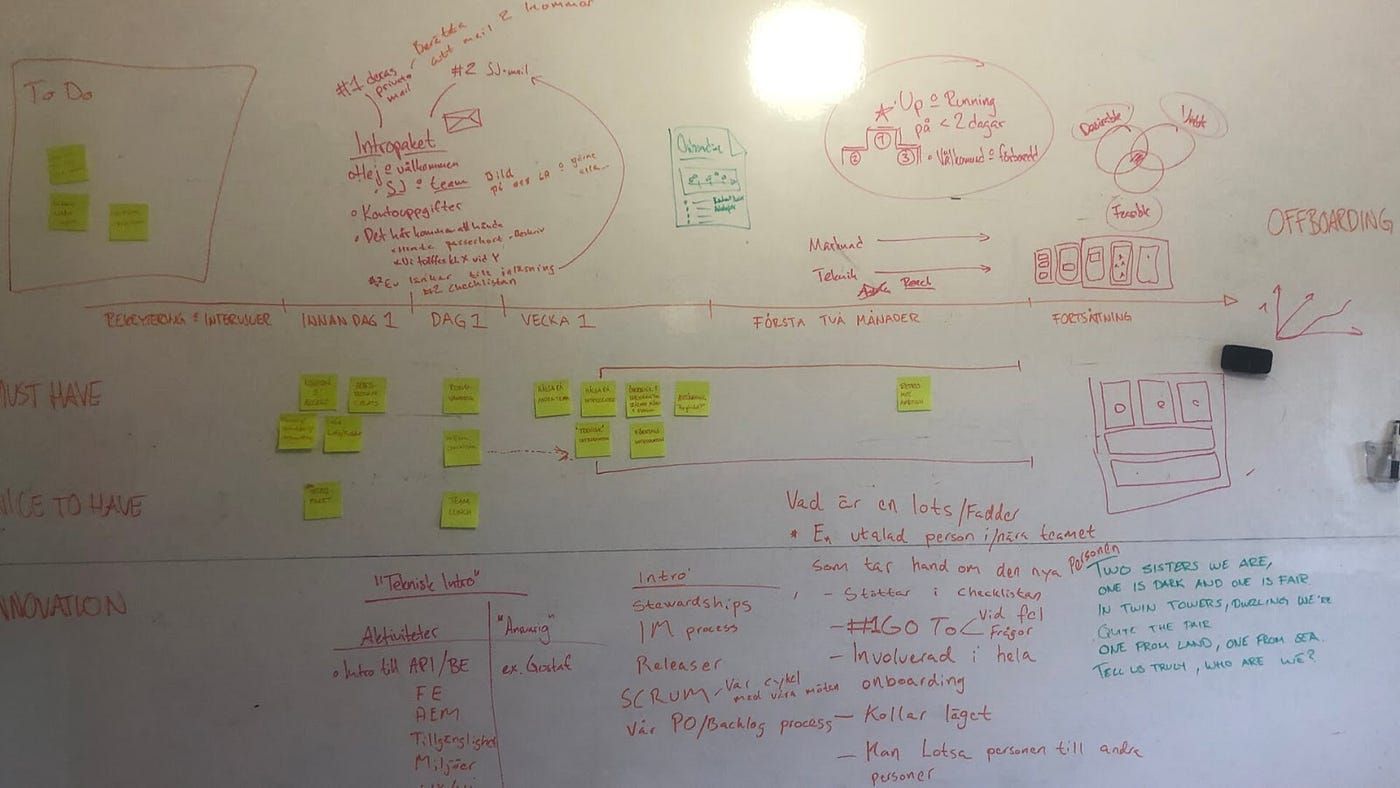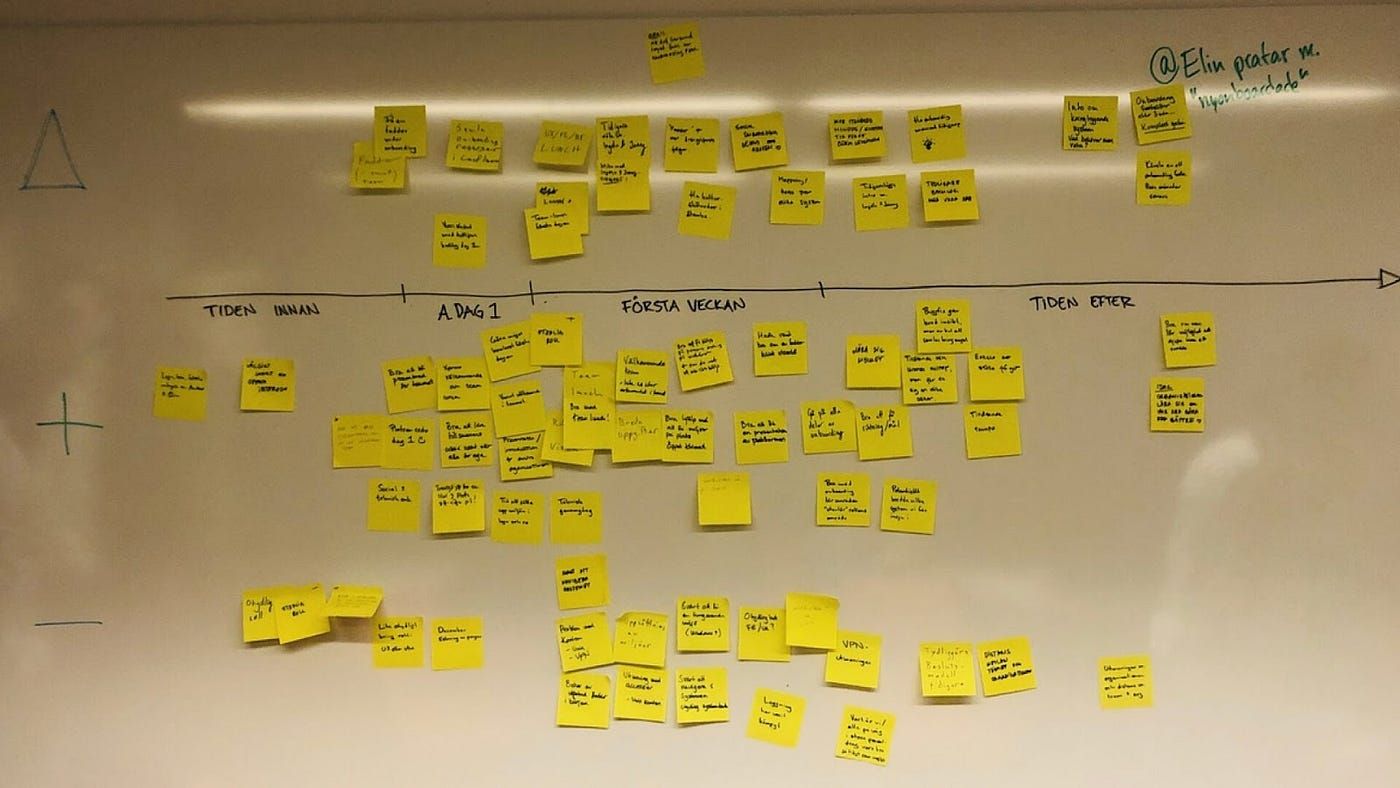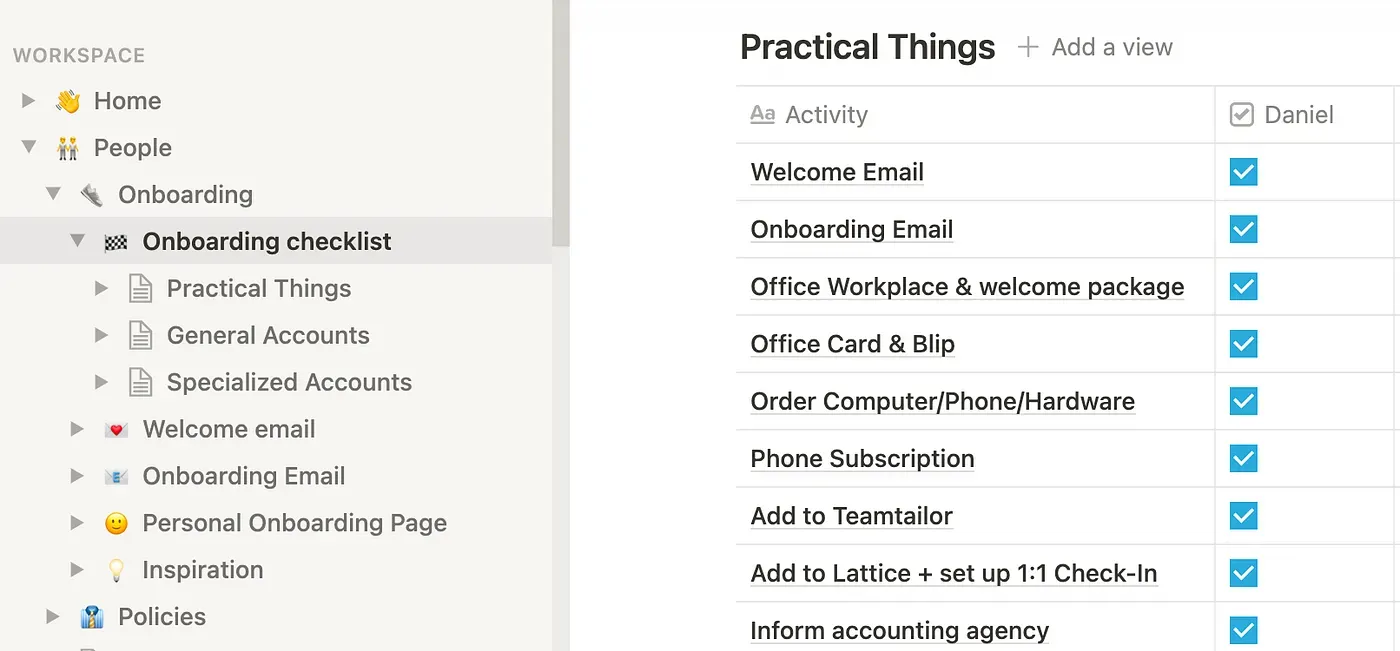How to design employee onboarding for new colleagues
In a lot of ways, building a company is a lot like building a product.
Just like products, companies too have features, and those features then have users and qualities.

With this premise in mind, let’s use product building techniques for building our company as well.
We will use employee onboarding as our example, which is a critical moment for every company and employee.
What is employee onboarding? #
You’ve just hired somebody fantastic, who you know brings value to your team. What now?
Onboarding is where this new employee gets their first, unfiltered impression of your company, and it’s where you, as a company, can make sure it makes for a great start, guiding your new employees towards success with your company.
Employee onboarding is similar to customer onboarding, and, as such, tools like personas, empathy maps, journey maps, and retrospectives are all powerful tools for designing how it will work.
Helpful tools to design employee onboarding #
Proto personas and empathy maps help to quickly align our existing assumptions about who we’re onboarding.

Source: UX Mapping Methods Compared: A Cheat Sheet | Nielsen Norman Group
Journey maps visualize the process that people go through to accomplish the onboarding.
Retrospectives make sure we continue to iterate on the experience/feature.
Together, these tools can help you build a better onboarding experience for new employees and create a shared understanding of what needs to happen and everyone’s part during the onboarding.
Let’s break ‘em down.
Personas and empathy maps are all about putting ourselves in the other person’s shoes. They help us develop deep, shared understanding and empathy for other people, which is then used to improve the employee onboarding experience.
We ask things like:
- What are their wants and needs?
- What are their fears, frustrations, and anxieties?
Journey maps are where things really come together.
In its most basic form, journey mapping starts by compiling a series of actions into a timeline divided into phases.
Try, for example, “Week before Day One,” “Day One,” “First two weeks,” and “3–12 weeks”.
Next, the timeline is fleshed out with thoughts and emotions, from the personas and empathy maps, in order to create a narrative. This narrative is condensed and polished, leading to a visualization with clear phases, goals, and accountability.

Retrospectives are then perfect for taking a look at how it all went.
Together with your new employees, reflect on the process:
- What went well?
- What didn’t?
- What should we try?
Below is a photo from doing this as a group experience with multiple new employees.

How to improve onboarding as a company #
Recently at Heja, during a retreat, we had a simple small group workshop around how to improve onboarding as a company.
Now, as you can see from the earlier photos, none of this has to be particularly fancy.
In fact, one of our core values at Heja is to ‘keep it simple’.
Simply use whiteboards for collaboration alongside whatever works best for you to document the most valuable input and put it into practice.
At Heja, it’s basically a few pages and tables with activities in Notion.

As you can see, these activities blend pre-planned technical set up (office cards, computer and new phone subscription, etc) with personal one-on-one check ins.
This comprehensive approach should remove any obstacles blocking your new colleagues from settling in and excelling in their new role.
Why is employee onboarding important? #
“In the end it’s about two things,” says Mikael Blix, our CEO at Heja.
“First, it’s all about making each and every person feel as welcome as they possibly can to the team.”
“A way we do this is one person from each department schedules a session with each new employee to talk them through how that department works. Because of this, and a friendly team, someone told me recently at our one-week check-in that it felt like they’ve already been at Heja for several weeks, which is ideal!”
“Secondly, we want to supercharge new employees so they are able to get off to a flying start in their job — as much for their own peace of mind as the company’s benefit.”
“To achieve this, they need to feel like they have gotten all they need from the onboarding process to really kickstart their work.”
“We’re proud of our onboarding at Heja, but it’s probably something we will never stop iterating and improving!”